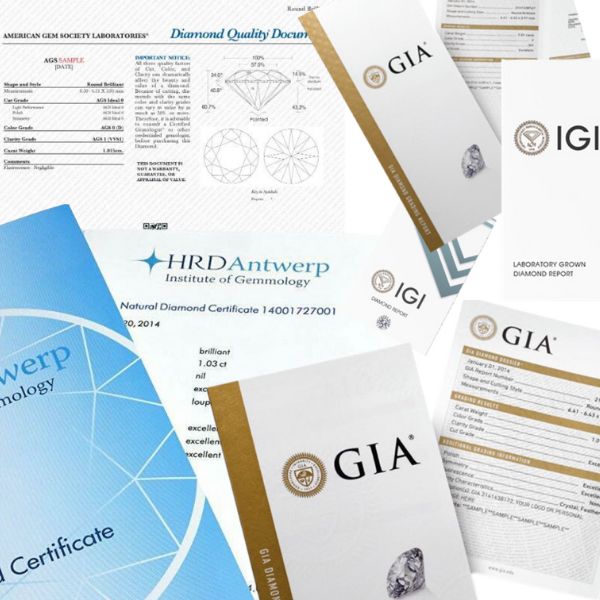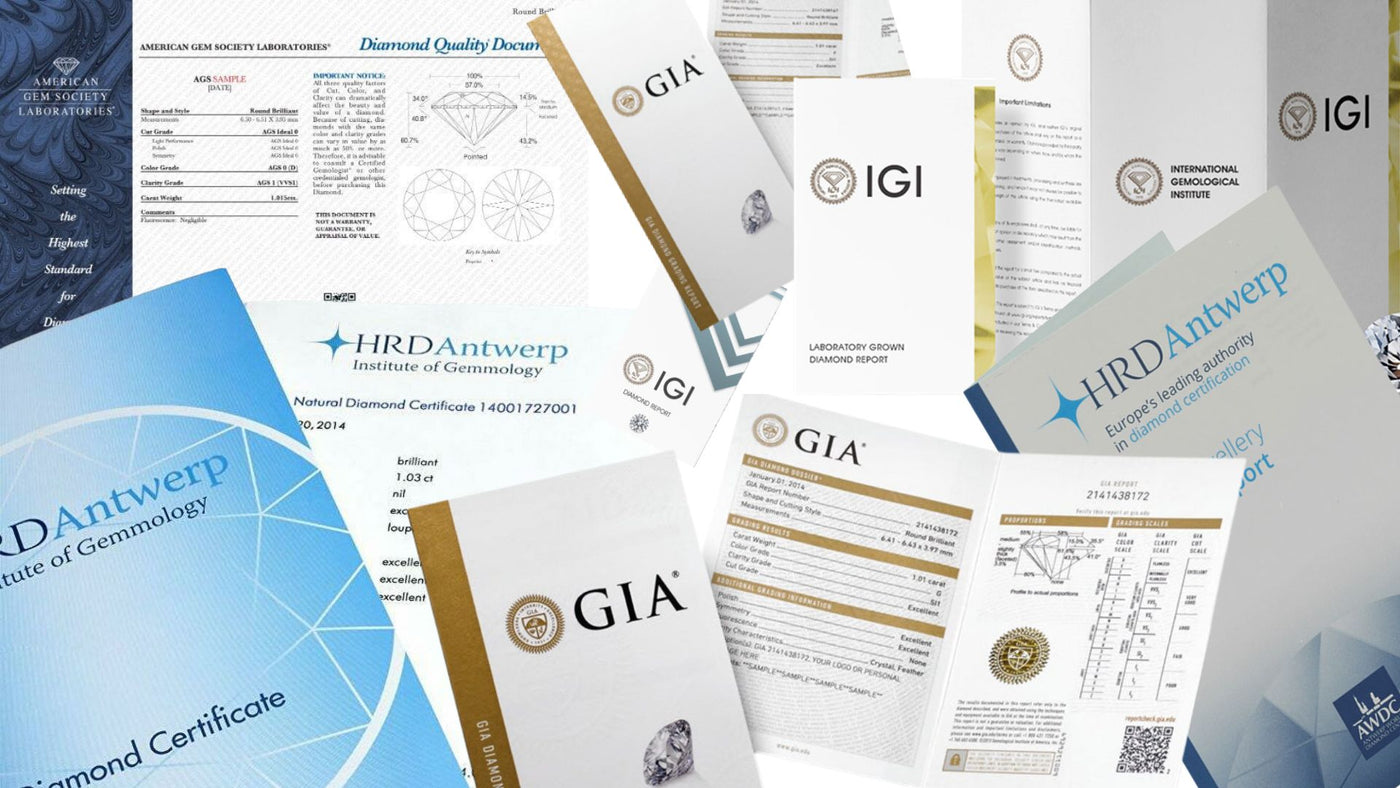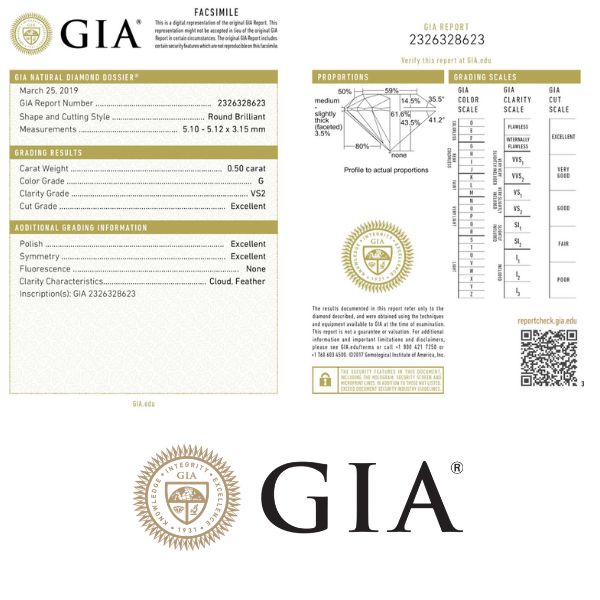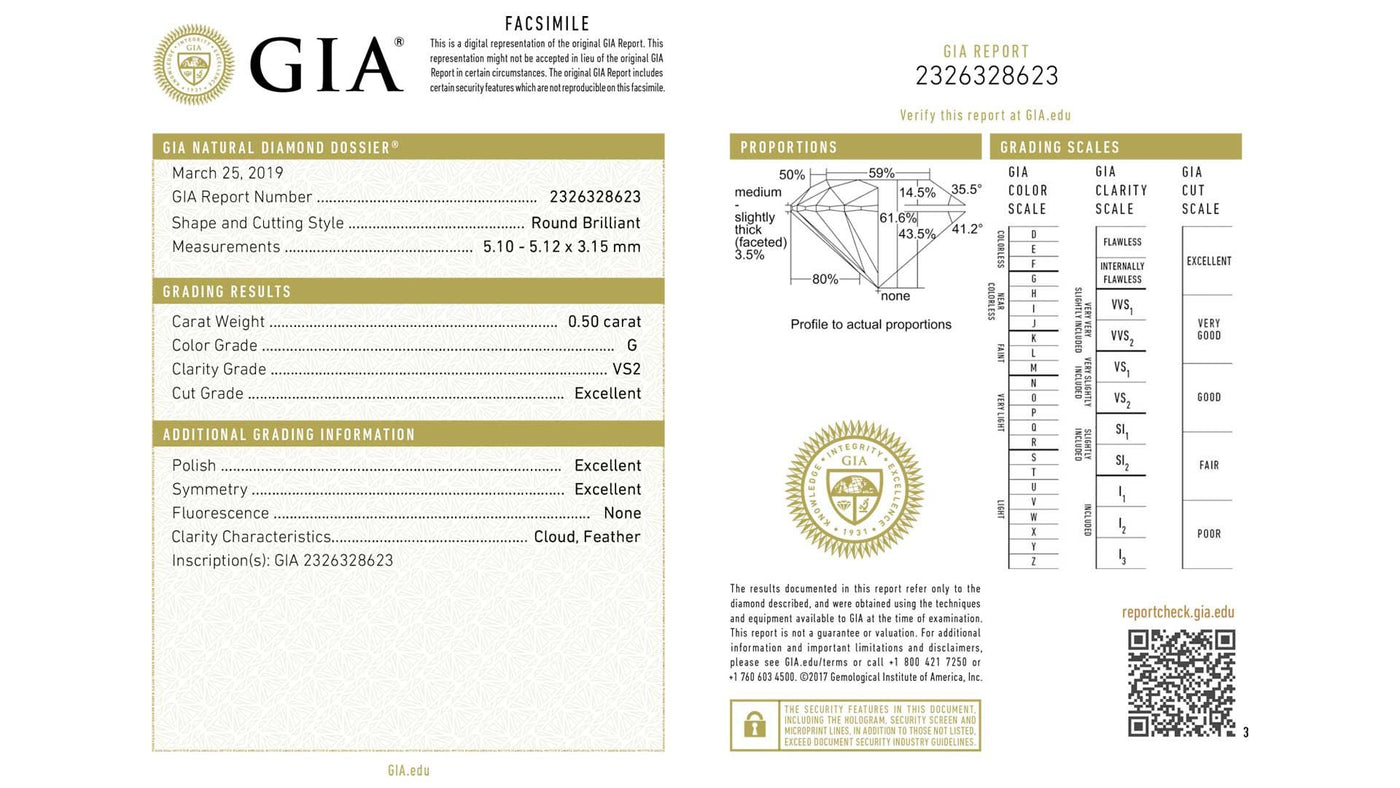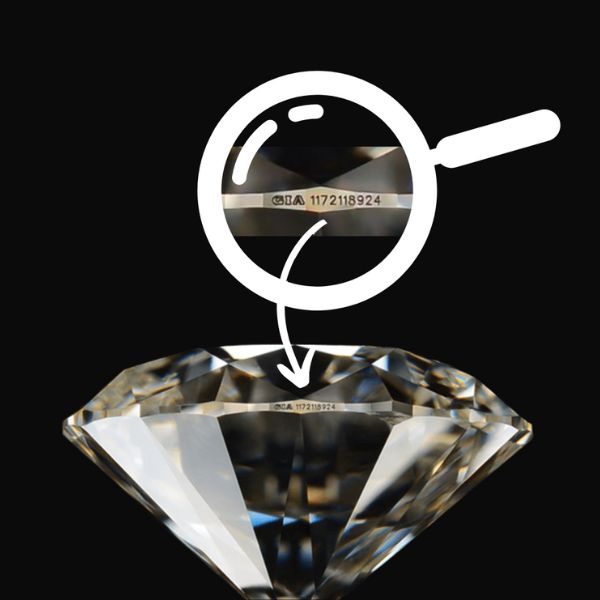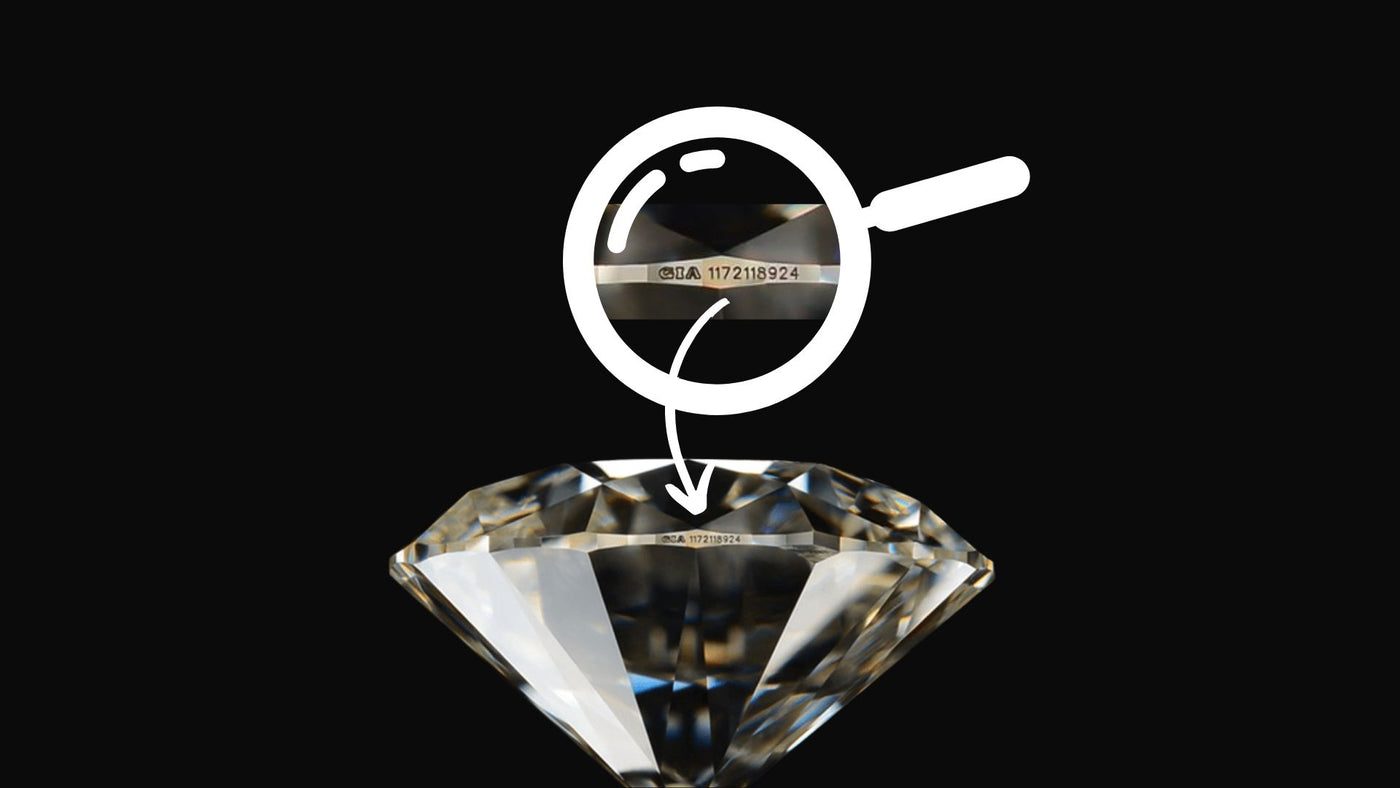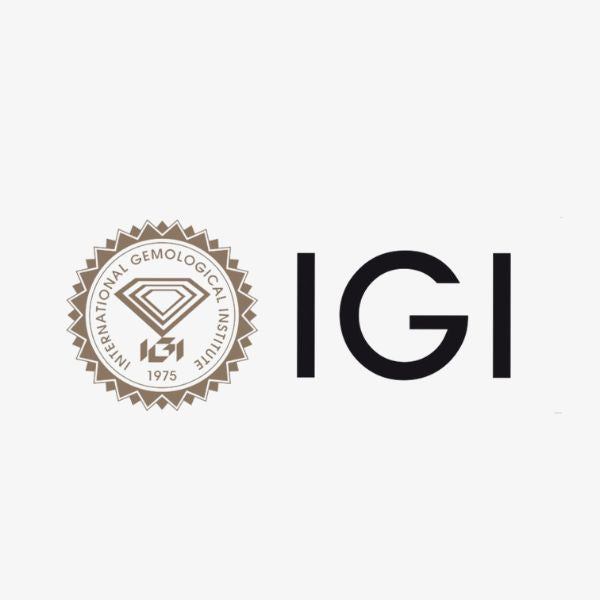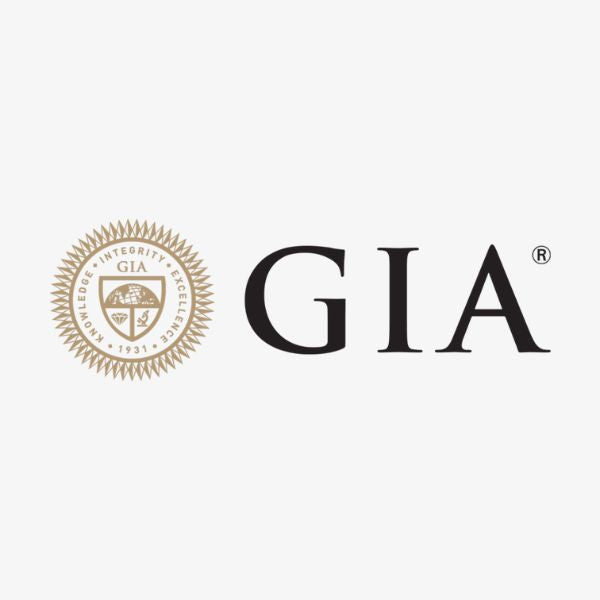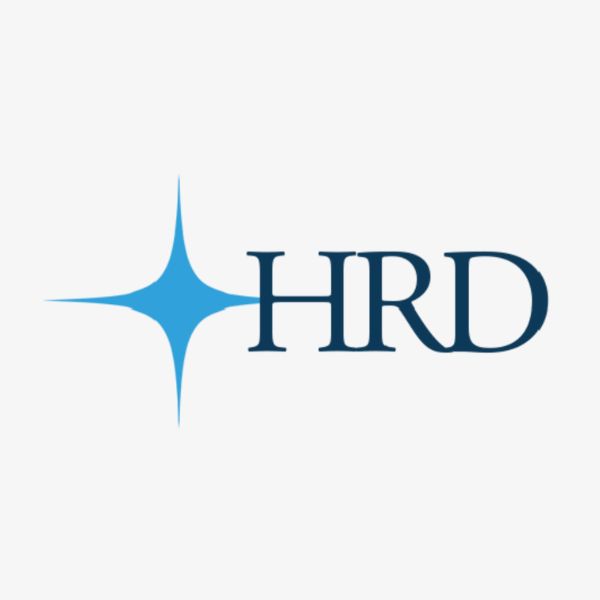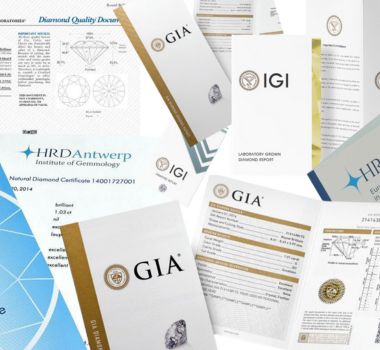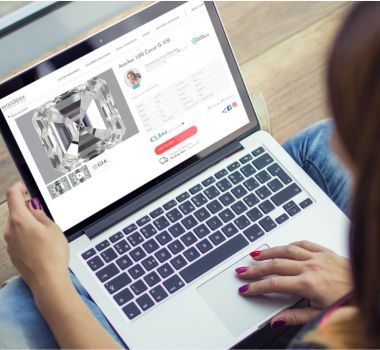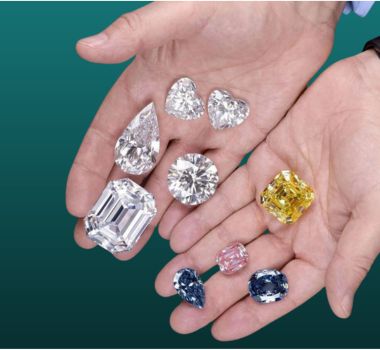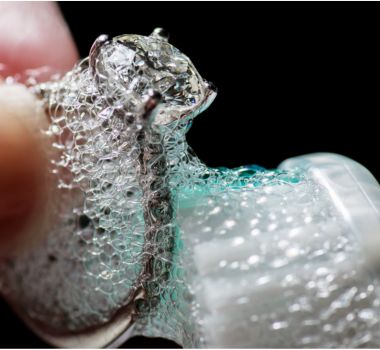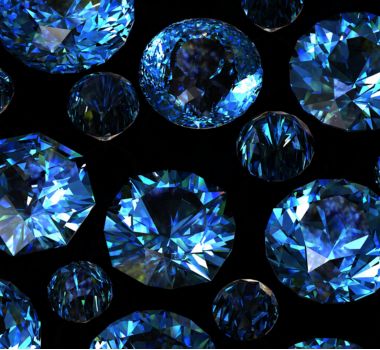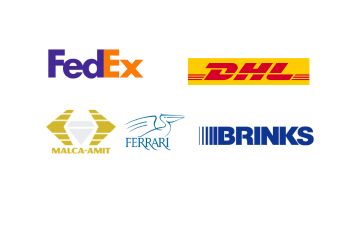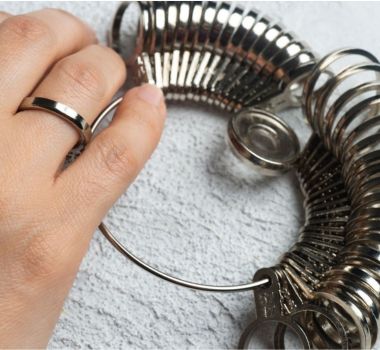
What is the purpose of a certificate?
Without the trained eye of a professional, diamonds may look identical to us. Indeed, they have the same shapes and reflect light in the same way. It is therefore essential to have a diamond grading report when buying a diamond.
The diamond certificate (diamond grading report) provides valuable information about each diamond. It is the diamond's identity card. Furthermore it represents an essential guarantee to protect you from a possible deception or swindle, to avoid hidden defects and to precisely determine the value of your diamond.
Indeed, invisible to the naked eye, the characteristics of the diamond can have a great influence on its price. As a result, it is easy to make a mistake when you think you got a good deal by paying less, but in the end, it does not correspond to the real value of the diamond.
How do I know if the certificate matches my diamond?
Each diamond is unique and has a number which is mentioned on its certificate. This number can also be inscribed on the diamond's girdle (the outline), which attests to the good correspondence between the stone and the certificate and gives you a double guarantee of conformity. This laser inscription is generally present on diamonds certified by the GIA, HRD and IGI laboratories in which the mentions "Laser Inscription" or "Laser scribe" are indicated.
Do all labs grade diamonds the same way?
Definitely not. Diamond grading protocols and nomenclature can vary by organization.
All the diamonds present on the Woodeex platform are exclusively certified by the most respected and recognized labs grade diamond in the diamond industry as the Gemological Institute of America (GIA), the Hoge Raad voor Diamond (HRD) and the International Gemological Institute (IGI).
It goes without saying that a diamond certificate only has value if it is recognized in the profession. Beware of certificates of convenience that are not recognized and whose diamonds are offered on the market at prices that are necessarily lower because their quality is not comparable to those described in true diamond certificates from laboratories internationally recognized.
The certification of diamonds by laboratories starts at 0.20 carat, even if it is mostly done from 0.30 carat, because the cost of certification is expensive compared to the price of small diamonds.
